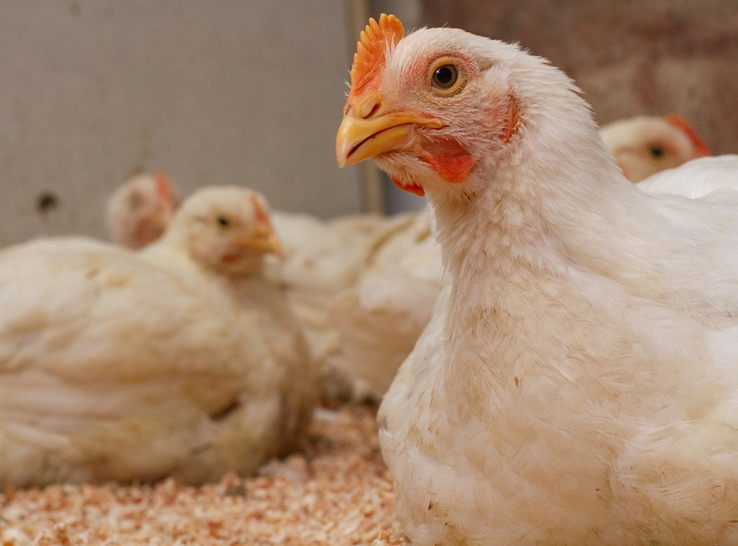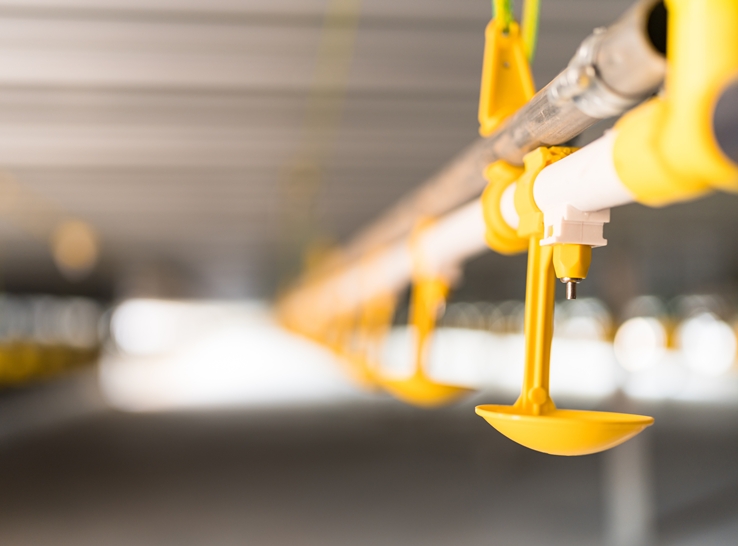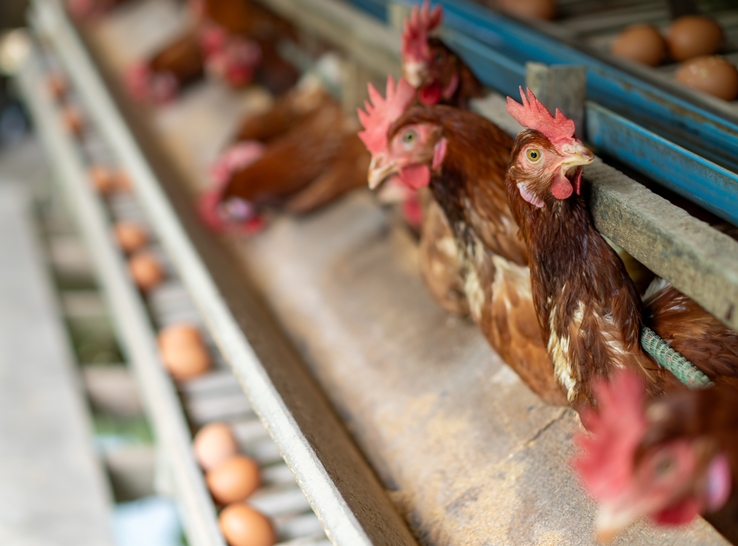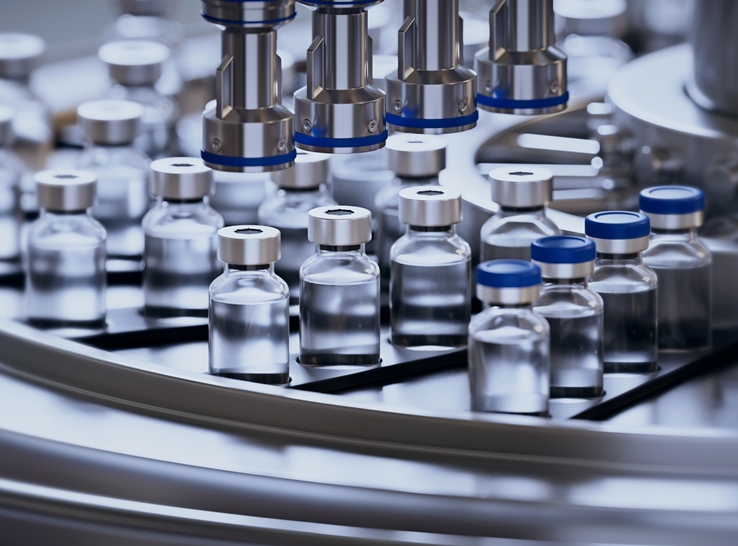
How data-driven insights are reshaping flock management
Data is playing a growing role in helping producers manage risk, optimize health and justify production decisions. From digitizing information to store it securely to using it to guide real-time decision-making, for Dan Wilson, DVM, founder of Wilson Veterinary Co., it has become integral to the way he works with producers to improve flock performance.














